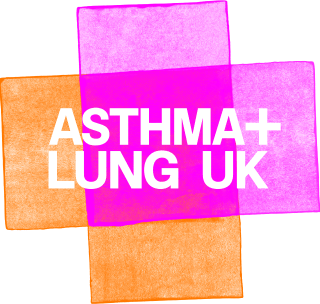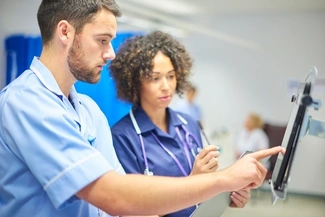Using oxygen in the UK
You can arrange oxygen for travel within the UK through your oxygen provider. You will need to give them your holiday details, including the dates and where you will stay. Give them as much notice as you can.
Check with your hotel or accommodation provider about taking and storing oxygen equipment.
Make sure you know how to travel safely with your oxygen. Your respiratory team and oxygen provider will be able to advise you if you’re unsure.
Using oxygen abroad
If you need oxygen abroad, you’ll need to make arrangements before you travel. In most cases UK companies do not allow their equipment to be taken outside the UK, but they can usually advise you on arranging oxygen abroad. You’ll have to pay for the oxygen supply.
The European Lung Foundation has a list of oxygen providers in European countries.
Travelling with oxygen
If you’re travelling by ferry or train with oxygen, make sure you contact the company operating the service in advance to see what help they can offer. This may vary between different providers.
Using oxygen while flying
If you plan to fly, you may need extra tests beforehand to confirm if you need in-flight oxygen.
You may not normally need oxygen, but you may need it while flying because there is less oxygen in the air at high altitudes. Talk to your GP about whether you will need extra tests before you travel.
One test you may need is a hypoxic challenge test. This is a test to find out if you need extra oxygen when flying. We have more information about hypoxic challenge tests. Your usual NHS hospital will probably not be able to provide a hypoxic challenge test. You may have to travel to a different hospital or use a private provider.
Airlines have their own rules about using oxygen in-flight. Some airlines may only allow you to bring a portable oxygen concentrator, which you may need to hire or buy. Some airlines supply oxygen for a fee, but the cost can vary widely. Make sure you check with the airline before booking. You can also speak to your oxygen supplier for more information.
The European Lung Foundation has a list of airline oxygen policies. Make sure you look on the airline’s website or contact them, so you have the most up-to-date information.
Medical clearance to fly
If you’re using oxygen on the plane, the airline will ask for a medical certificate to show you’re healthy enough to fly. This is called a Fit to Fly Certificate or Medical Information Form (MEDIF). You’ll need to complete the form yourself as much of this as possible, and then ask your doctor to complete and sign it.
Each airline has its own form, which you can find on their website. The European Lung Foundation’s list of airline oxygen policies includes links to forms.
The form will ask for information about:
- your route, flight date and booking reference
- who you’re travelling with
- your oxygen needs, including rates in litres per minute and flow type (continuous or pulse)
- what medical equipment you’re taking, such as a portable oxygen container, CPAP machine or mobility equipment
- batteries your equipment uses.
Advice for travelling with oxygen
Start planning well in advance of your trip.
- Check the validity of your fitness to fly test. Some airlines are specific about the time between the test and travel.
- Check the insurance arrangements for your oxygen equipment.
- Check ahead with your airline for any flight delays or cancellations. If you use oxygen, you may need to bring more or make sure you have enough battery to cover any delays.
- Check whether your flight is code-sharing. This is when a flight has one airline’s code and flight number but is operated by another one. You will need to check with each airline about their own oxygen policy.
- Make sure you know how many batteries you’ll need for your flight.
- Think ahead – plug in and charge your portable concentrator whenever you can.
- Remember to take international plug adapters that will work at your destination.
- Keep helpline numbers for your oxygen equipment with you at all times.
- Take a copy of your oxygen prescription or doctor’s letter in case you need to reorder supplies.
You can read more about oxygen therapy on our website. Our web community is also a good place to ask about other people’s experiences of travelling with oxygen.
Use our helpful checklist to make sure you’re prepared for your trip








